
Filter News
Area of Research
- Advanced Manufacturing (4)
- Biological Systems (2)
- Biology and Environment (7)
- Clean Energy (41)
- Climate and Environmental Systems (1)
- Data (1)
- Fossil Energy (1)
- Isotope Development and Production (1)
- Materials (21)
- Neutron Science (17)
- Nuclear Science and Technology (6)
- Sensors and Controls (1)
- Supercomputing (17)
- Transportation Systems (1)
News Type
Date
News Topics
- 3-D Printing/Advanced Manufacturing (1)
- Artificial Intelligence (1)
- Big Data (2)
- Bioenergy (2)
- Biology (1)
- Composites (1)
- Computer Science (6)
- Cybersecurity (2)
- Energy Storage (1)
- Environment (4)
- Exascale Computing (1)
- Fusion (1)
- Materials Science (2)
- Mercury (1)
- Microscopy (1)
- Neutron Science (2)
- Physics (2)
- Transportation (2)
Media Contacts
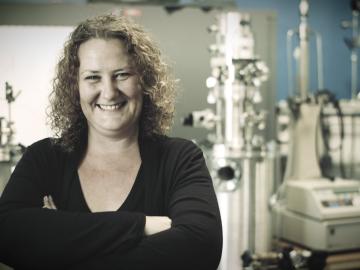
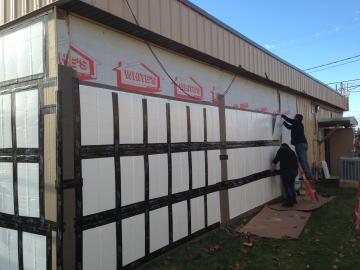
Significant energy savings could be realized by the Department of Defense with the deployment of a low-cost vacuum insulation panel developed with help from researchers at Oak Ridge National Laboratory. A team led by Kaushik Biswas is evaluating how wall retrofit solutions can cut...
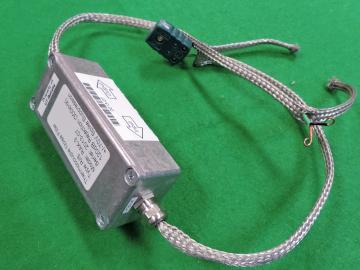
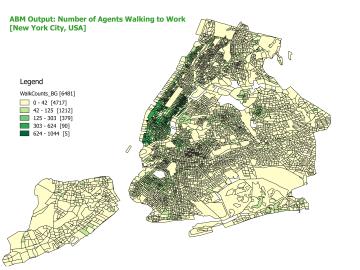
Simply widening sidewalks and increasing the bike lanes network can boost the number of New York City commuters who choose to take advantage of an option that’s healthy for people and the environment, according to Husain Aziz of Oak Ridge National Laboratory’s Urban Dynamics Insti...
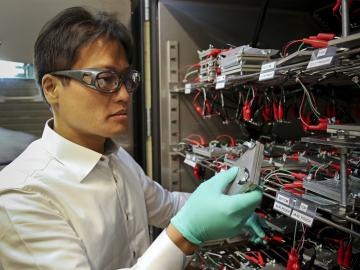
A new process developed by Oak Ridge National Laboratory could alleviate a bottleneck in battery manufacturing and deliver higher capacity batteries for electric vehicles and consumer devices. The formation process – where batteries undergo repeated cycling to stabilize and activa...
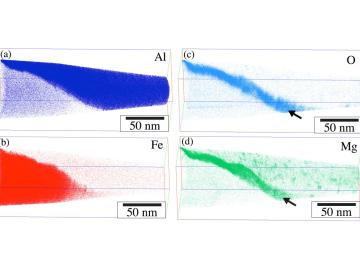
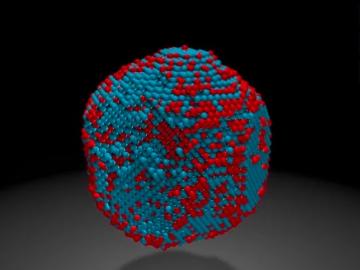
Barely wider than a strand of human DNA, magnetic nanoparticles—such as those made from iron and platinum atoms—are promising materials for next-generation recording and storage devices like hard drives. Building these devices from nanoparticles should increase storage capaci...

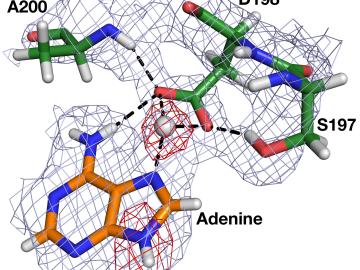
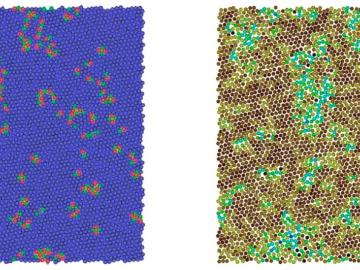
Snow falls in winter and melts in spring, but what drives the phase change in between?


